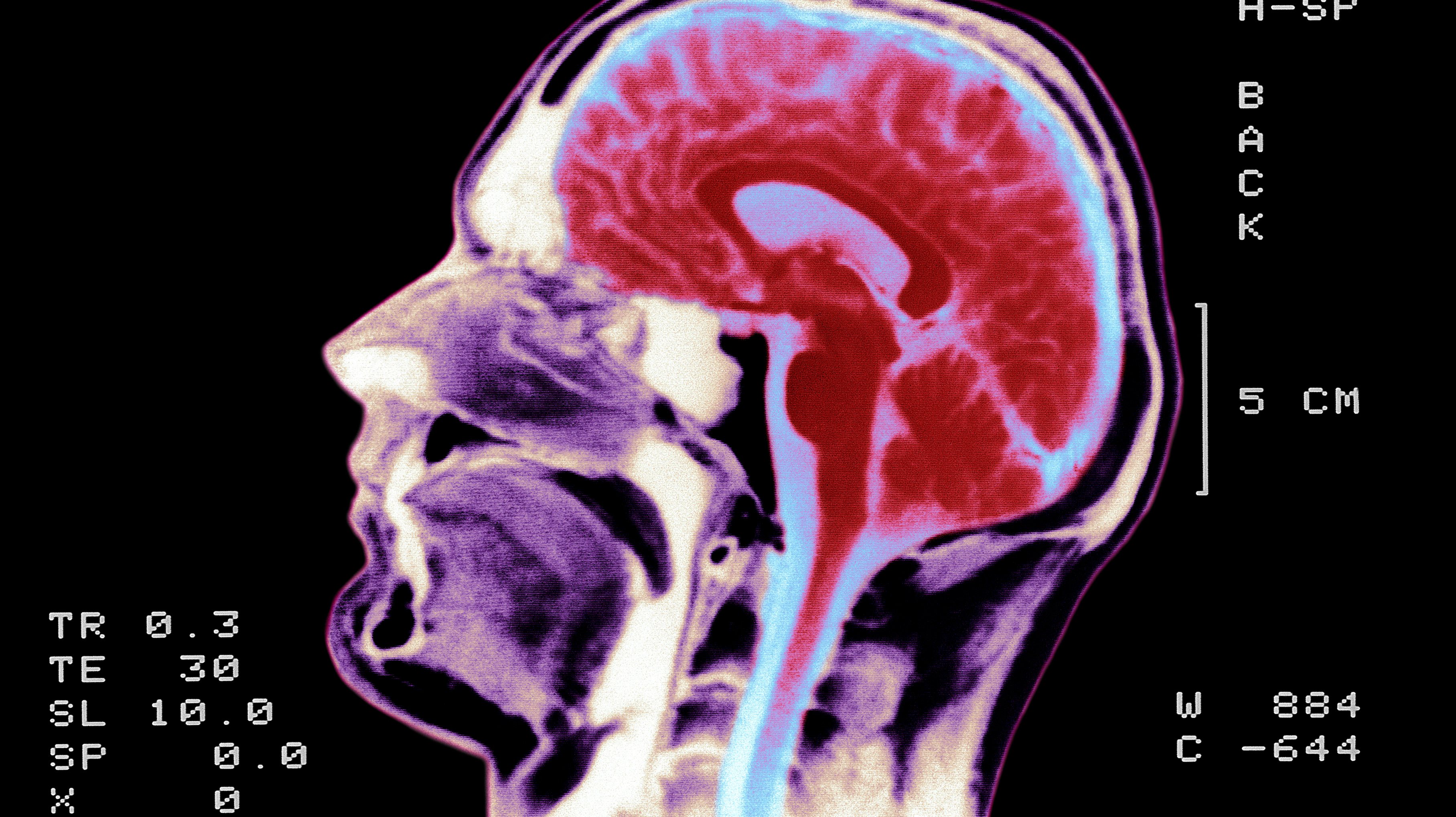A new mathematical theory shows that greater cognitive complexity is related to lateralization of some brain functionsfor example, language, which generally activates only the left side.
Most animals have bodies with mirror symmetry (left and right are equal, but inverted), a property that the brain shares, except in the case of some cognitive functions. that appear lateralized. To date, the biological mechanisms that cause this symmetry in the brain to disappear, in some cases, are not well understood.
The researcher at the Higher Council for Scientific Research (CSIC) in Spain, Luis Seoane, developed a new mathematical theory that demonstrates how the appearance of greater cognitive complexity causes evolutionary pressure that favors cerebral lateralization.
Seoane’s work, which verifies this widely spread hypothesis, is published in the journal Physical Review X, the CSIC announced this Wednesday, cited by the Efe agency.
Seoane highlights that “until now research has focused on more mechanical processes that could also break symmetry.”like the preferential use of one hand“.
However, this new model, based on the science of complex systems, “mathematically demonstrates” that the evolution of advanced cognitive functions is a key ingredient that can break bilaterality. Therefore, “it can be expected that animals with more advanced cognition have more asymmetric brains“, highlights the scientist.
Additionally, there are cases that progress from symmetry to asymmetry: we respond to language with both hemispheres as soon as we are born, but this function then lateralizes as the brain matures.
The new theory also predicts that, in certain situations, this mechanism could work in reverse, that is, that greater cognitive complexity could restore lost symmetries or generate new ones, duplicating existing circuits. Seoane’s work, in addition to confirming a widely accepted theory in neuroscience, opens doors to practical applications in neurology.
This theoretical framework, explains the CSIC, allows us to evaluate what is the ideal way of working the brain, whether it is done symmetrically or with each hemisphere separately, and whether an inappropriate configuration can affect or cause pathologies.
Source: Observadora
